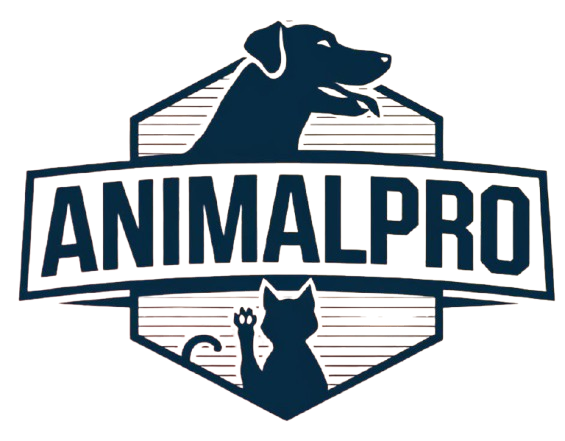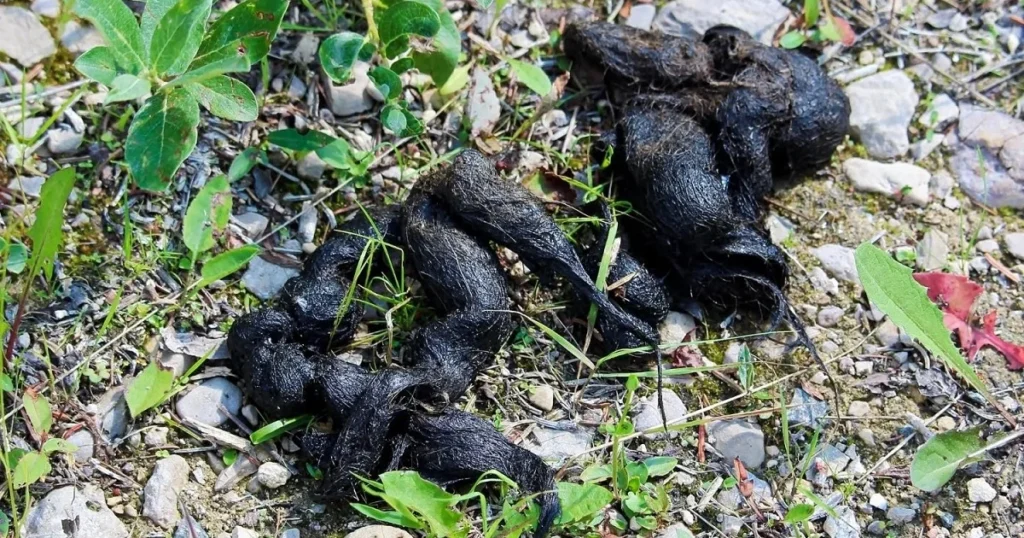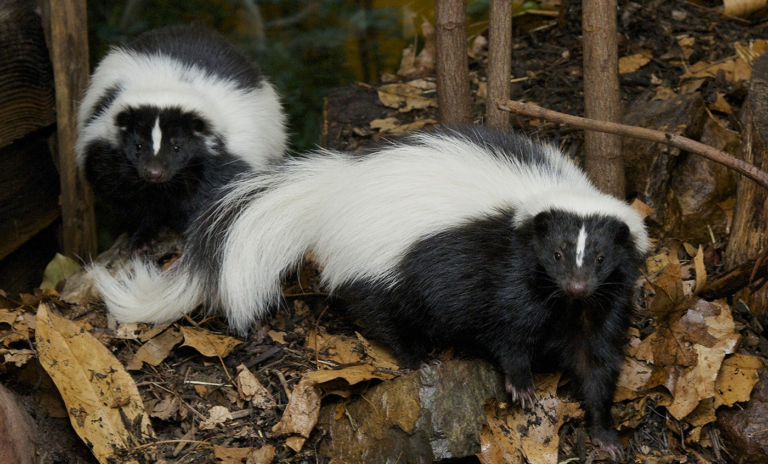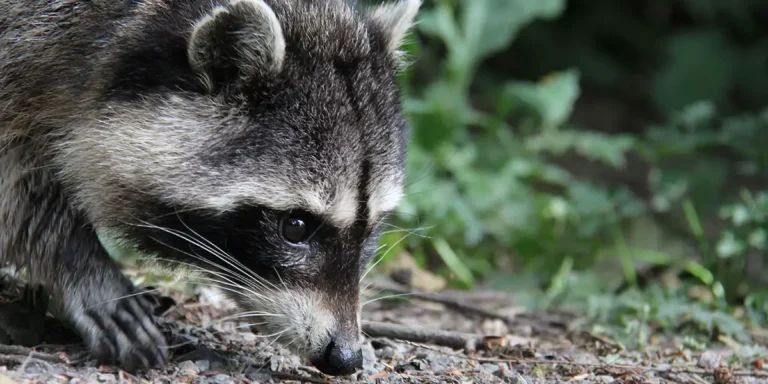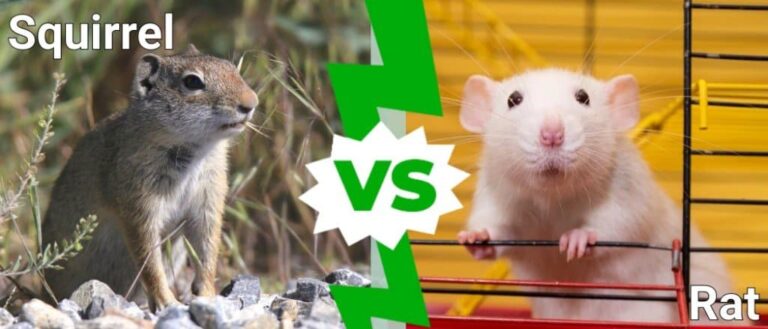Animal Poop Identification Chart for Beginners
Overview
This article provides useful information for the persons able to identify the animal droppings while hiking, camping or just walking near their house or in the park. Studying animal scats can help in finding out the species of animal present in the area, their diet and their activity during the day. This tutorial also provides a detailed guide on how to differentiate the droppings of various animals such as the characteristics and an easy-to-understand chart.
Why Animal Poop Identification Matters
There are several reasons why it is pertinent to acquire some knowledge concerning animal scat;
- Wildlife Tracking: Identification of scats assists in knowing the presence of certain animals contrary to noticeable sightings of the animals.
- Safety: Bear and cougar sightings are well-known for hikers and campers; thus, being able to identify poop from these animals can assist in making people more cautious.
- Ecological Insight: This is an ecological insight where the analysis of the animal scat can indicate what type of diet the animal on consumption, hence, changes in the ecosystem are characterized.
- Conservation: Researchers have opted to use scat identification to study the population, behavior and general wellbeing of certain species.
Common Types of Animal Poop and How to Identify Them
Deer
- Physical characteristics: Small shape is oval pellets and are grouped together.
- Color: Dark brown to black.
- Consistency: Hard and dry when fresh.
- Habitat: Forests, grasslands, and suburban areas.
Rabbits
- Appearance: Round pellets about the size of a pea.
- Colour: brown when newly formed but it changes with time and becomes quite pale.
- Consistency: Hard and fibrous due to their plant-based diet.
- Natural Environment: This cockroach prefers dwelling in grassy regions, garden and even wooded areas.
Coyotes
- Structure: Long cylindrical with pointed ends having the capability to contain other material such as fur, bones and seeds.
- Colour: From deep brown to grayish colouration or lustrous black with gray undertones.
- Texture: Firm and moist; it may range from medium to firm depending on the diet given to the dog.
- Distribution: Can be found in both forests and deserts as well as suburban suburban fringes.
Bears
- Appearance: Large, thick, and tubular with blunt ends. May include berries, fur, or parts of insects into its stomach.
- Color: There are so many colors ranging from brown to black depending on the diet provided to the pigeons.
- Stability: Can be range from firm to loose.
- Habitat: Forests, mountains, and rural areas.
Foxes
- Shape: Pan-shaped and slender with a tapering conical end and measuring about 2- 5cm long and 0.3- 1 cm in thickness.
- Color: Dark brown to black.
- Consistency: Firm, often with visible berries or small bones.
- Habitat: Forests, grasslands, and urban areas.
Raccoons
- Shape: They have sloppy ends as tubes and may not be divided into various sections.
- Color: Dark brown.
- Texture: Soft to medium with some item such as seeds present and partly ingested food particles seen.
- Distribution: They can mostly be found around water sources, areas with many trees and forests, and some urban environment.
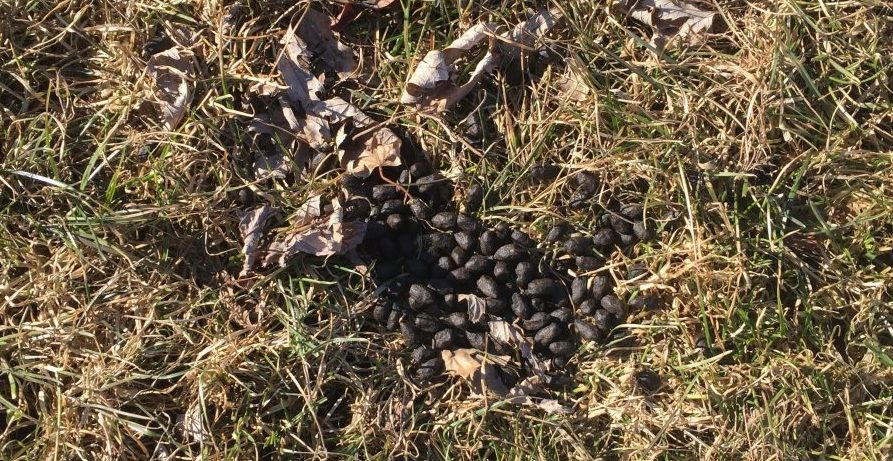
Comprehensive Table | Animal Poop Identification Chart
Use this following guide to easily locate the differences of animal scat depending on its shape, size, and other characteristics:
| Animal | Shape & Size | Color | Contents | Texture | Common Habitat |
|---|---|---|---|---|---|
| Deer | Small, oval pellets | Dark brown to black | Plant matter | Hard and dry | Forests, grasslands |
| Rabbit | Round pellets (pea-sized) | Light brown | Fibrous plant matter | Hard | Grasslands, gardens |
| Coyote | Tubular with tapered ends (1–2 inches wide) | Dark brown to gray | Fur, bones, seeds | Medium to firm | Forests, deserts |
| Bear | Large, thick tubular (up to 2–4 inches wide) | Brown to black | Berries, fur, insects | Varies from firm to loose | Mountains, rural areas |
| Fox | Thin, twisted, pointed at one end | Dark brown to black | Berries, small bones | Firm | Urban areas, forests |
| Raccoon | Log-like, segmented | Dark brown | Seeds, undigested food | Soft to medium | Near water, cities |
How to Properly Examine Animal Poop
Here are the tips to help to determine animal scat:
- Fix Safety: Always wash your hands immediately after handling animal wastes or not handling them at all with bare hands. The best way of examining the problem without contracting the virus should be by wearing gloves or using a stick.
- Taking notes: Concerning the outside packaging: The first important aspect that should be noted is the color and texture of the outer packaging and if possible, the contents also.
- Environmental Cues: Look at the state where the animal lives, as it shall be the same as the environment.
When identifying the age of the scats they are usually more detailed in terms of texture and color for fresh ones as compared to those scats which are older and are either hard and dry or crumbles easily.
Detailed Descriptions of Animal Poop Features
- Deer Scat: Deer scats are one of the most familiar types of the animal feces, and people are most likely to come across them in wooded regions. The size of each of the pellets is about 0.5 to 1 centimeters in diameter, which makes the detection of the same easier. The color range is usually dark brown because it is noted that their diet consist mainly of grasses and leaves. Fresh ones are a little moist and turn dry rather quickly; however, if left for a while once compressed, the liquid is not lost.
- Rabbit Droppings: The fecal matter is small and round in shape and of the size of a pea. They contain huge proportions of fibers since rabbits’ diet includes grass, hay, and vegetables. Everytime new rabbit dung is reddish brown in color and with time, it becomes brown due to the drying up process.
- Coyote Scat: This fertilizer has a tubular appearance and it has tapered edges. They have hair, teeth, the presence of small bones and seeds as part of the consumed diet and hence the conclusion that their diet is made up of small mammals, fruits and insects. They may have eaten recently and thus their color is different from the normal in that it is darker than a dark brown and close to gray. Shits of coyt are often located either at trails or on the perimeters of the wooded regions.
- Bear droppings: Droppings of bears are one of the most distinguishable animals since they are relatively large in size. The scat is big and very thick, and occasionally it may contain seeds of the food that the bear consumed last, fur, or even insects. Bear droppings can especially be identified in the places where bears graze, and these are mostly in the forests or on mountainous land.
- Fox Scat: feces – it is small in size and most specifically resemble dog feces as it is usually thin and twisted. However, it differs from the first type of migratory bird by the presence of pointed end and in some cases berries or small bones may be observed. The scat of foxes are usually deposited in BW sites, at areas of trails or borders of gardens to mark its territories.
- feces: Raccoon feces are long and smooth cylinders which can be confused with dog droppings. They are normally seen around the food sources which are rivers, lakes or even sewers since raccoons are known to dwell near water sources. This means that the occurrence of seeds and pieces of undigested food is not remarkable among raccoon scat.
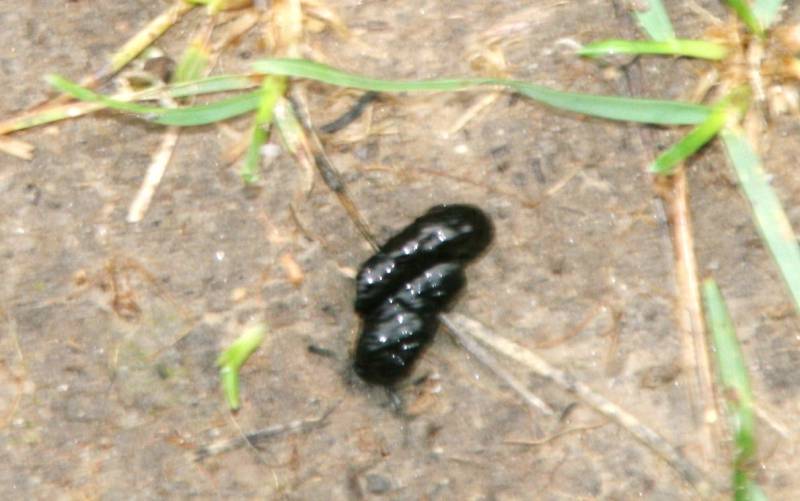
How to Use This Guide Effectively
- Observe the positioning of the specimen alongside its habitat as well as all resultant animal trail evidence.
- Utilize the given tables and descriptions to perform field-based comparisons.
- Taking pictures from a safe position of animal scat helps scientific identification through both animal expert analysis and online identification programs.
FAQs
Q: Is animal poop identification reliable for tracking animals?
The identification of scat evidence stands as a reliable technique because it works best with concurrent analysis of footprints and claw marks and fur evidence. Evaluation of animal scat lets scientists understand the dietary patterns along with behavioral information of the animal.
Q: Can animal droppings be dangerous?
Animal waste contains diseases together with parasites that biological testing can detect. You need to avoid touching the scat directly and wash your hands intensely following the examination period.
Q: Are there mobile apps for animal poop identification?
Wildlife tracking apps together with field guide apps serve as identification tools through their feature of showing animal images and detailed descriptions.
Final Thoughts
Everybody wants to have the best time observing the wildlife around them, yet, identifying animal poop is one of the most crucial things that you will have to learn when it comes to enjoying wildlife. Thus, understanding what the scats found in the wild signify, allows one to educate oneself about the existence and behaviors of specific animals and develop a stronger awareness of the environment.
More Read=Why Identify Animal Poop?
